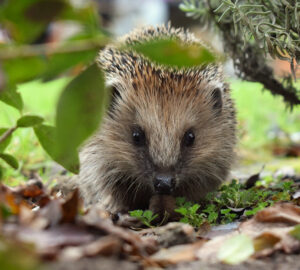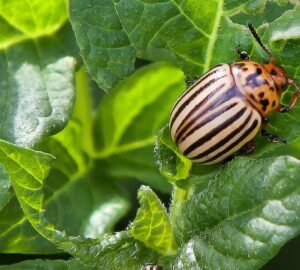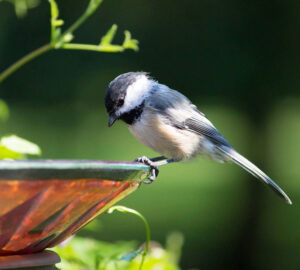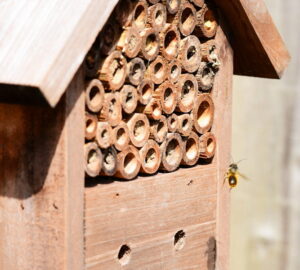We would like to introduce you to a captivating and enchanting creature that has the power to add an extra touch of magic to your garden – the hummingbird hawk-moth. This unique moth, with its remarkable resemblance to a hummingbird, is a delightful visitor that can bring an element of wonder and fascination to your outdoor space.
In the realms of the natural world, a creature exists that blurs the boundaries between birds and insects – meet the hummingbird hawk-moth (Macroglossum stellatarum). This enchanting insect, with its uncanny resemblance to a hummingbird, astounds observers with its ability to hover mid-air and sip nectar from flowers. Join us on a captivating journey as we delve into the extraordinary world of the hummingbird hawk-moth and uncover the secrets behind its mesmerizing flight and fascinating adaptations.
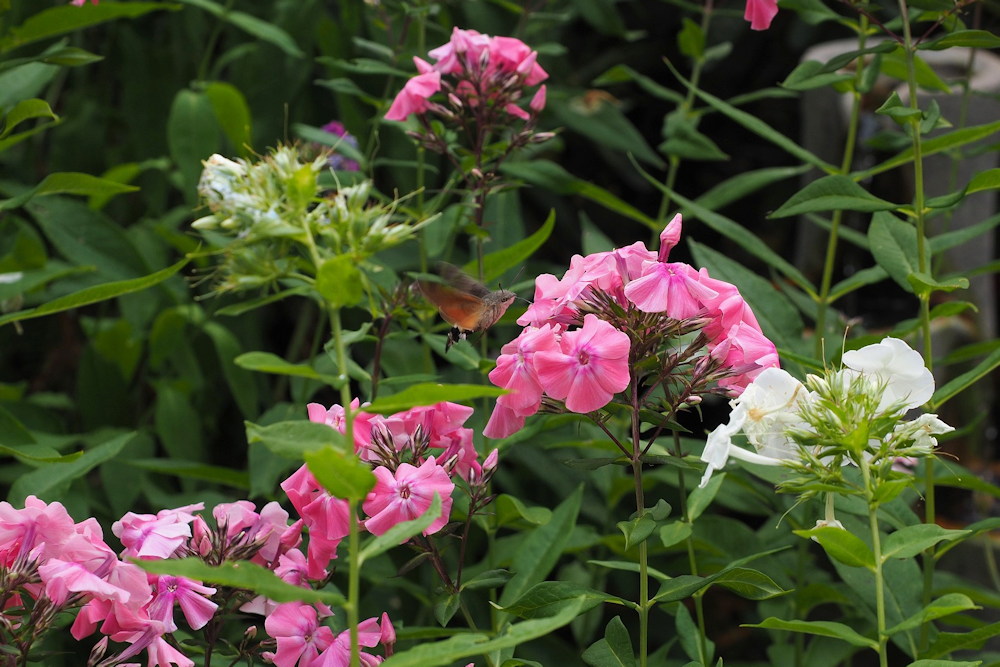
Appearance and Behavior
The hummingbird hawk-moth is a medium-sized insect with a wingspan of about 2 to 2.5 inches (5 to 6 cm). Its name is derived from its ability to hover and feed on nectar, just like a hummingbird. With its swift movements, it can remain suspended in mid-air while sipping nectar from various flowers using a long proboscis. This elongated mouthpart allows it to reach deep into flowers, making it an effective pollinator.
Remarkable Adaptations
One of the most remarkable features of the hummingbird hawk-moth is its unique coloration and patterns. Its wings exhibit a combination of brown, gray, and white, resembling delicate scales that shimmer in the sunlight. This natural camouflage enables it to blend seamlessly into its surroundings, providing an added sense of wonder when you spot it flitting from one flower to another.
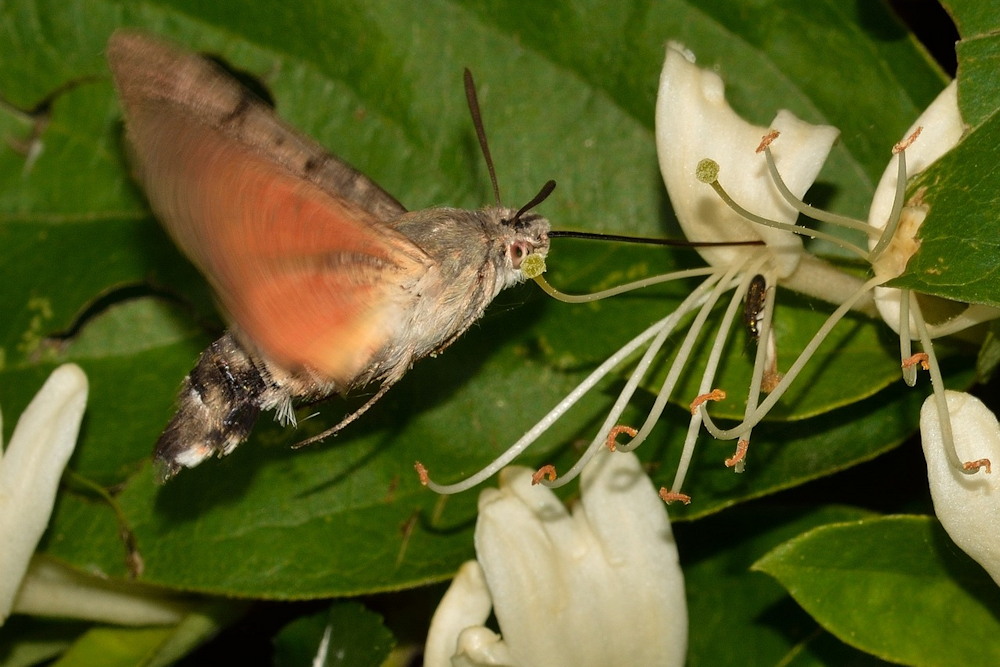
Garden Benefits
Beyond its aesthetic appeal, the presence of hummingbird hawk-moths in your garden can provide several benefits. Hummingbird hawk-moths primarily feed on nectar from flowers using their long proboscis. Their diet consists mainly of floral nectar and other sweet plant juices. As they feed on nectar, they act as effective pollinators, transferring pollen from flower to flower as they sip nectar, aiding in the reproduction of many flowering plants. By attracting hummingbird hawk-moths, you are fostering a healthy and vibrant garden environment while supporting the interconnected web of pollination that sustains the beauty and diversity of plant life.
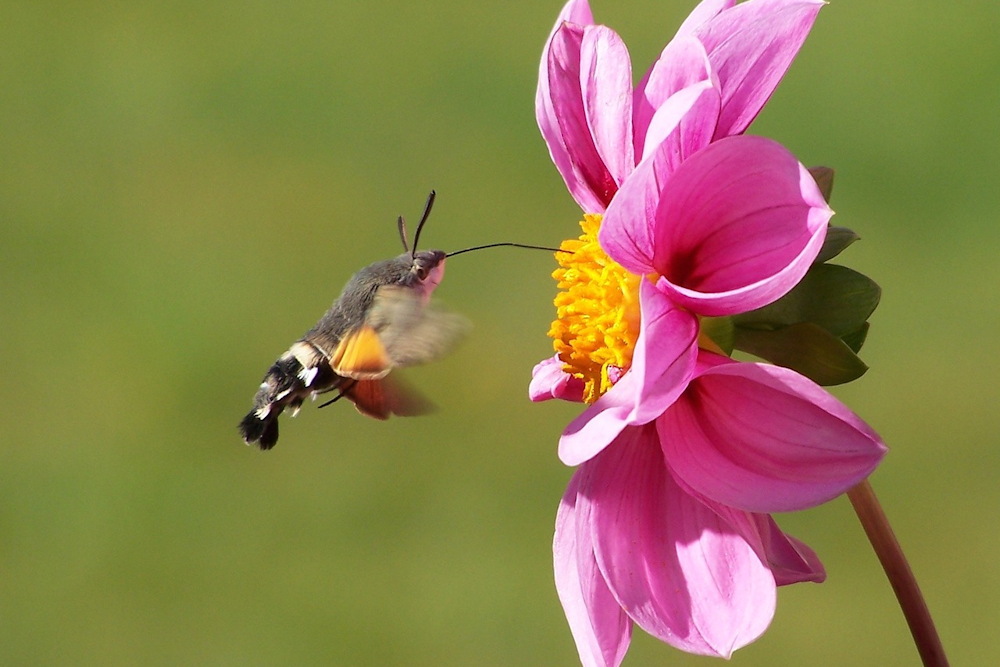
Attracting the Hummingbird Hawk-Moth
To invite these graceful creatures into your garden, it’s important to provide the right environment and food sources. Hummingbird hawk-moths are particularly drawn to nectar-rich flowers such as lavender, honeysuckle, buddleia and phlox. Planting a variety of these flowering plants will help attract not only the moths but also other pollinators like butterflies and bees.
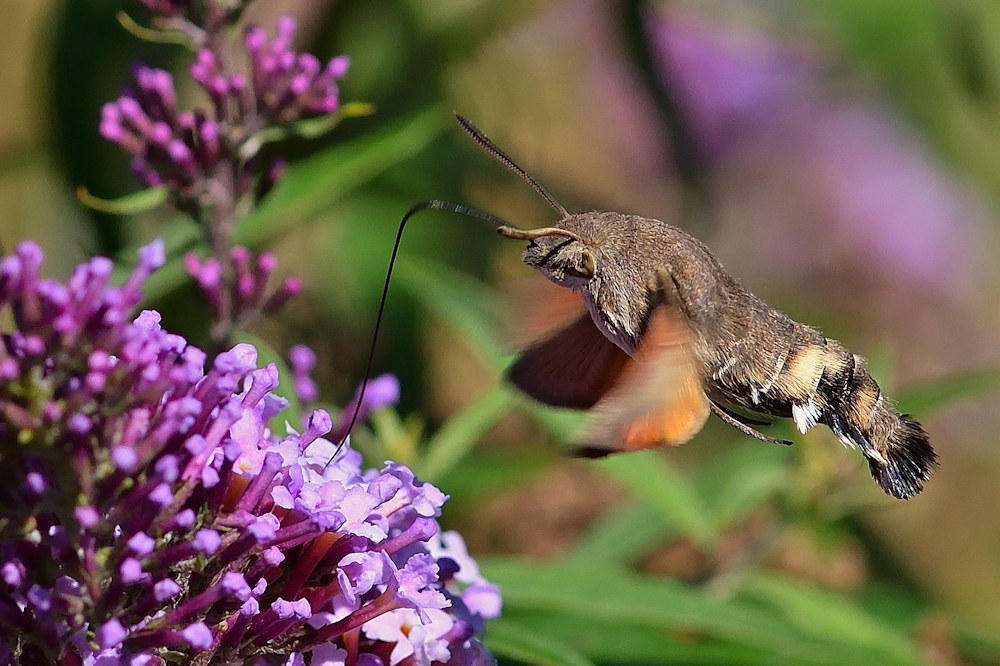
Observing and Enjoying
Once you’ve created an inviting space for these moths, take the time to observe their unique behaviors. You’ll be amazed at how they effortlessly hover near flowers, unfurl their long tongues to sip nectar, and swiftly dart from one blossom to another. By observing and appreciating their presence, you’ll gain a deeper understanding and appreciation for the intricacies of nature.
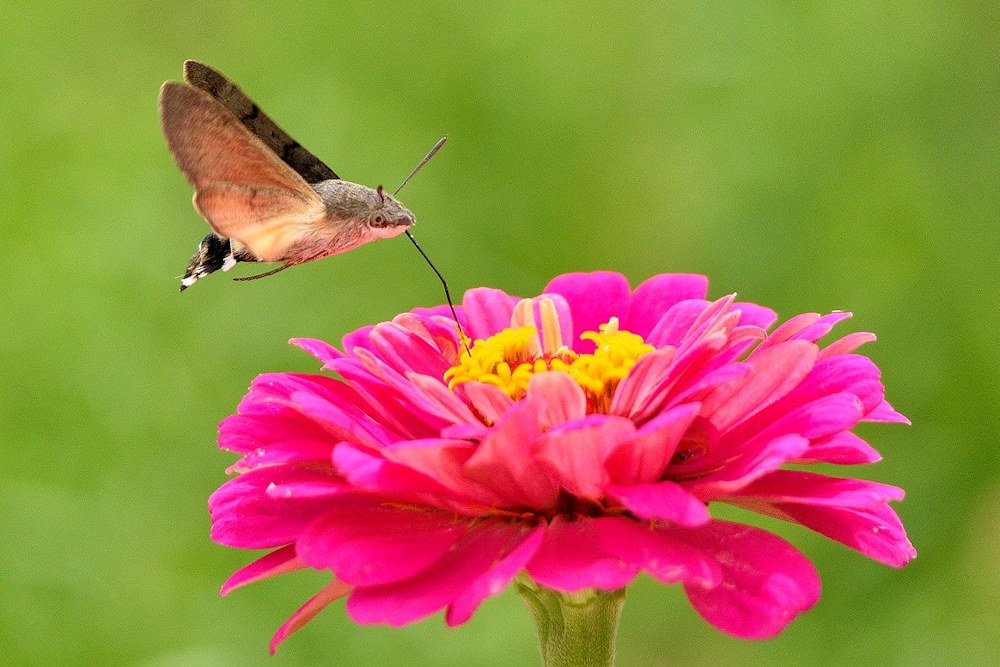
The Hummingbird Hawk-Moth Larva: Nature’s Secret Transformer
Hidden within the foliage, the hummingbird hawk-moth larva, known as a hornworm, undergoes a fascinating metamorphosis, defying expectations and revealing the wonders of nature’s transformative power. Initially mistaken for a garden pest, this creature plays a vital role in the ecosystem as it voraciously feeds on plants while paving the way for its extraordinary journey from humble caterpillar to magnificent moth.
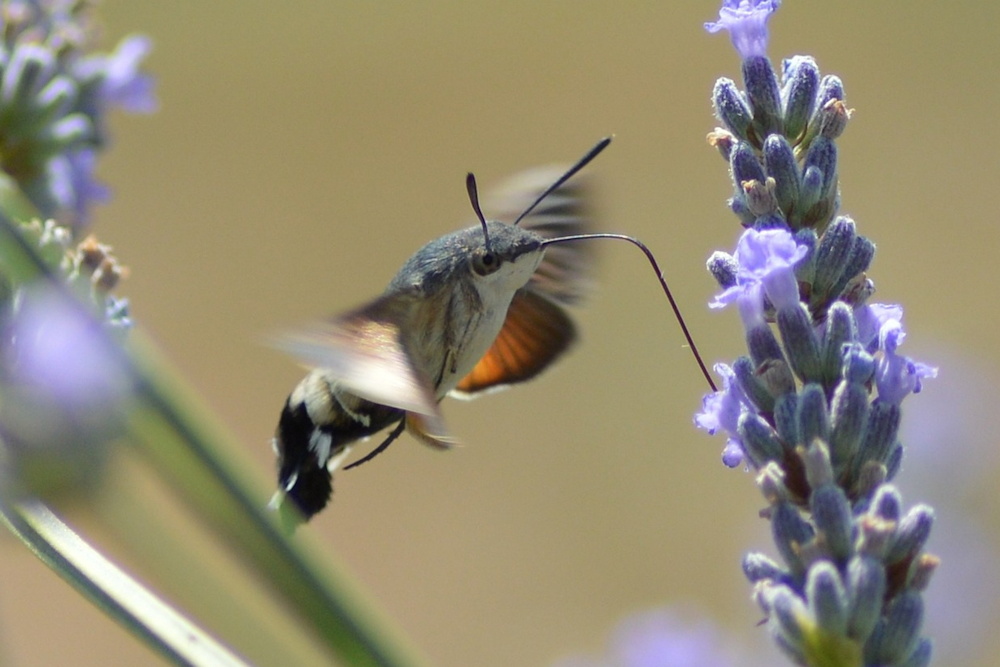
Hummingbird hawk-moth larvae have specific feeding preferences. The larvae primarily feed on the leaves of various plants, particularly those belonging to the family Caprifoliaceae, which includes honeysuckle and snowberry plants. They may also feed on other plant species such as bedstraw, willowherb and fuchsia. These larvae can consume a substantial amount of foliage as they grow and develop, but their feeding habits are generally not considered detrimental to garden plants.
Conclusion
By welcoming the hummingbird hawk-moth into your garden, you’ll open the door to a world of beauty, fascination, and ecological benefits. These captivating creatures are a testament to the wonders of nature and can provide endless enjoyment for any gardener lucky enough to witness their graceful presence.

So, create a haven for these remarkable moths in your garden, and get ready to be mesmerized by their aerial acrobatics and delicate beauty.






